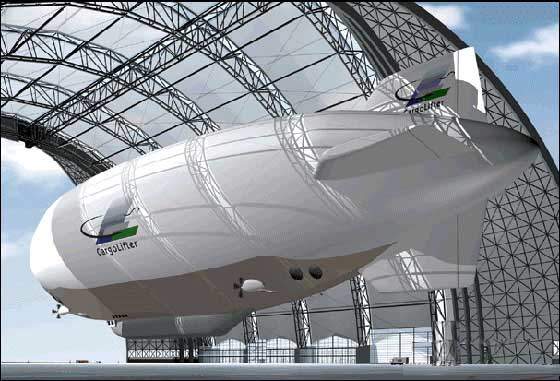

Von Gablenz, who now runs his company from an office in Berlin, is still optimistic about the future of airships as cargo haulers. “This makes natural tanning possible.” Some 900,000 visitors, mostly from northern and eastern Europe, come each year.Ī Malaysian company found a novel use for the former airship hangar: A tropical theme water park.
CARGOLIFTER AG SKIN
To open the hangar to light, “we exchanged the skin of the hall with 20,000 square yards of translucent film,” says Tanjong spokesman Patrick Kastner. So workers welded shut the two steel doors, which weigh 600 tons each. Tanjong soon found that keeping the hangar at 78 degrees Fahrenheit year-round was a challenge. A German court ordered the giant hangar sold to a Malaysian company, Tanjong, which bought it for 17 million euros (about $24 million) as a site for its Tropical Islands Resort. CargoLifter used it to store a prototype of an airship (later destroyed in a storm) capable of hoisting 60 tons.īut the end of the bull market spelled the end of von Gablenz’s dream: By 2002 his company was insolvent. Ten years ago, his plan seemed to be progressing at an abandoned Soviet military airfield 40 miles south of Berlin, his investor-backed company, CargoLifter AG, erected a $110 million airship hangar measuring 1,181 feet long by 688 feet wide by 351 feet high. German Entrepreneur Carl von Gablenz had an unusual vision: a fleet of giant helium airships that would haul outsize industrial loads, such as oil rigs or wind turbine blades, to remote areas of the globe. CargoLifter built the world’s largest free-standing building, big enough to hold 14 Boeing 747s, for its prototype CL-75 airship. Latest plans are even more extravagant than the original purpose: a British- Malay company intends to turn it into a giant greenhouse acting as a tropical resort.CargoLifter built the world’s largest free-standing building, big enough to hold 14 Boeing 747s, for its prototype CL-75 airship. The question remains what will happen to the construction hall. There have been numerous rumors of ever decreasing credibility about investors that would be willing to save the company, management changes, staff layoffs, assignments of blame, and an investigation concerning the intentional deception of investors in regard to the financial feasibility of the CL 160 project. On May 28th, the company declares bankruptcy Boeing agrees to cooperate in the construction, but refuses to provide additional funds, as does the federal and state governments. It takes several months to find a potential buyers.Īfter admissions that state subsidies will be necessary if the CL 160 is ever to be built, Cargolifter stock rates plummet. Plans are changed to first build a smaller airship, the CL 75, only capable of lifting 75 tonnes. This delays the construction of the CL 160. The Airbus consortium refuses to take a stake in the construction of the Cargolifter.

It is the world's largest hall without support pillars,measuring 107 meters of height, 320 meters of length and 210 meters of width.

The first experimental airship (called "Joey") with a length of 36 meters (the CL 160 would measure 260 meters) is launched.Īfter moving the company base to Berlin, Cargolifter raises 270 million Euros in an IPO. In Wiesbaden, Carl Freiherr von Gablenz founds the Cargolifter AG, with the aim to build an airship for commercial cargo transports, capable of lifting 160 tonnes.Ĭonstruction of the giant hall in which the Cargolifter is to be built begins on the site of a former Soviet airbase in Brandenburg. Judge for yourself whether this baby is yet another reason why German engineering rules.Ī great vision that unfortunately failed. To house the airships, the world's largest airship hangers have already been built somewhere in the East of Germany. That's why many of CargoLifter's strategic partners are electrical engineering companies such as Siemens or Alstom. The purpose of the CargoLifter will be hauling stuff like generators or transformators which are a pain to transport at the moment, since this requires special vehicles and immense efforts to widen roads, reinforce bridges and such. Several thrusters will drive and control it when it carries up to 160 tonnes of heavy cargo around. It will be a semi-rigid airship, that is, a gas-filled hull stabilised by a longitudinal keel and no interior framework. CargoLifter is also the name of the company developing it. If it is ever to be built, it'll be the largest airship ever (larger than the Hindenburg, for example). The CargoLifter is an airship currently in development in Germany.


 0 kommentar(er)
0 kommentar(er)
